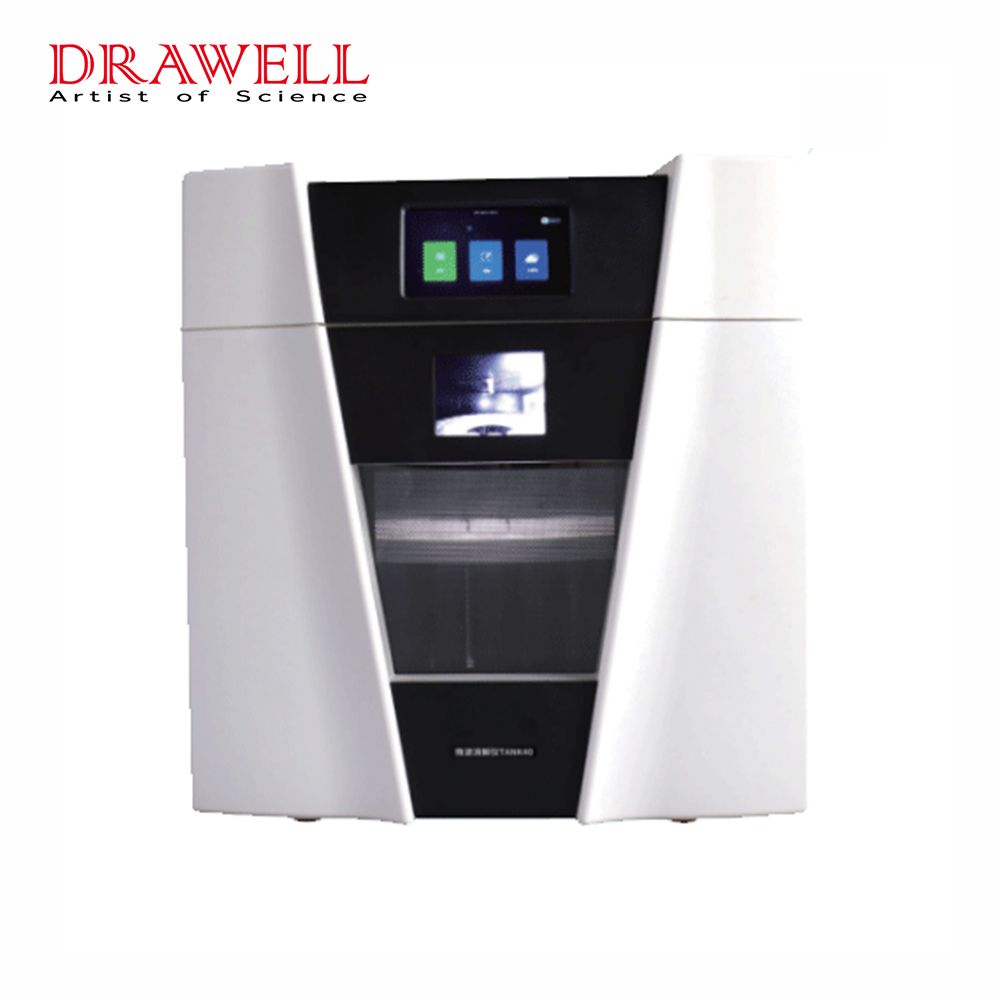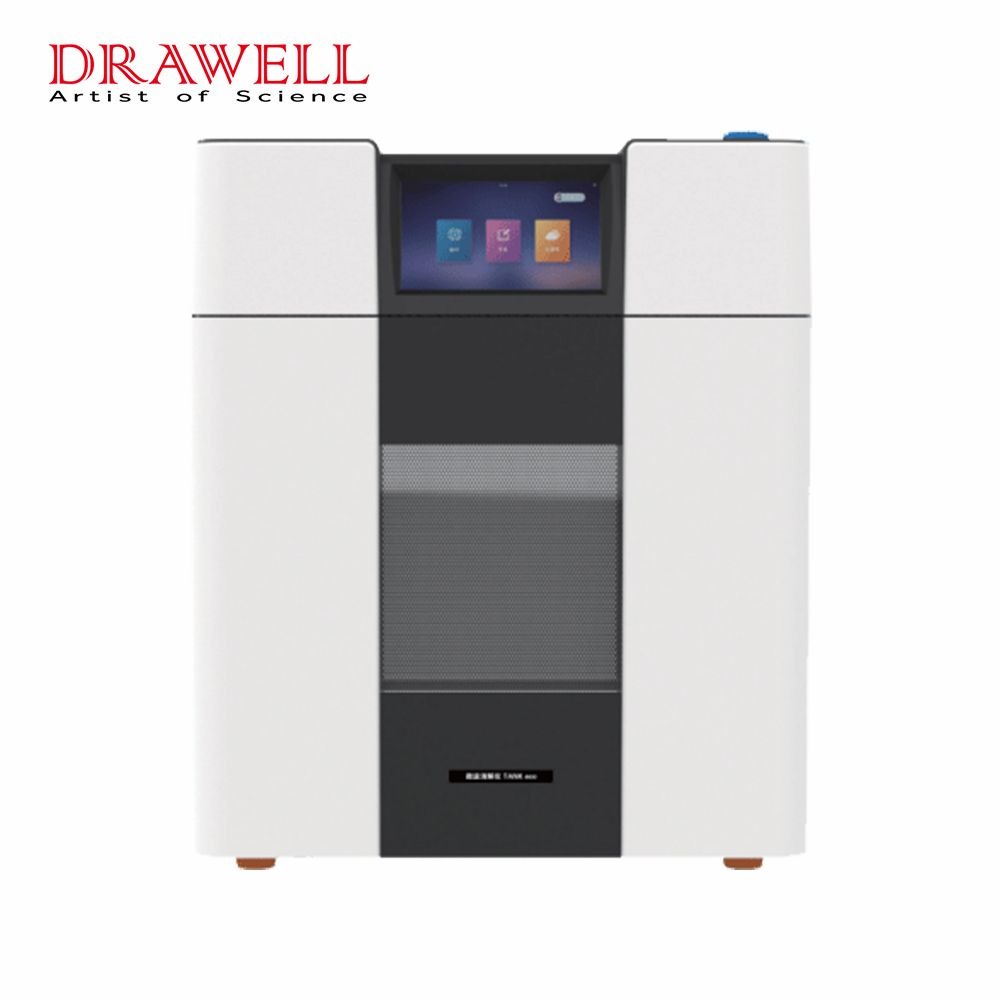In the world of analytical chemistry, the accuracy and reliability of results hinge on effective sample preparation. To meet the demands of modern analytical techniques, laboratories are turning to Microwave Digestion Systems, which offer a revolutionary approach to preparing samples for subsequent analysis. This article explores the myriad types of samples that can benefit from these systems and delves into how they seamlessly integrate with cutting-edge analytical instruments such as atomic fluorescence spectroscopy (AFS), atomic absorption spectroscopy (AAS), atomic emission spectroscopy (ICP-AES), and inductively coupled plasma mass spectrometry (ICP-MS).
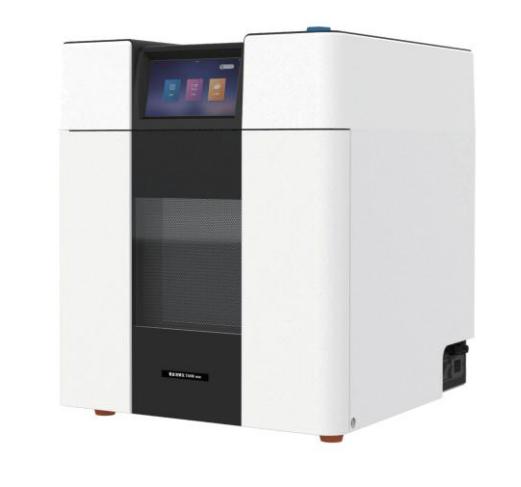
What Samples can be Digested with Microwave Digestion Systems?
Microwave Digestion Systems have transcended the limitations of traditional sample digestion methods. Their versatility is highlighted by the broad spectrum of samples they can effectively process. From solid materials like geological samples and metals to liquid samples including aqueous solutions and high-matrix liquids, and even semi-solid substances such as sludges and sediments, Microwave Digestion Systems have proven their capability to break down and prepare a diverse array of sample types. Moreover, biological samples like tissues and fluids, along with complex matrices found in food, beverages, and pharmaceuticals, can all be efficiently digested using these systems. The technology also extends its reach to environmental, industrial, forensic, and clinical specimens, demonstrating its far-reaching impact across scientific disciplines.
|
Sample Type |
Examples |
|
Solid Samples |
Geological materials (rocks, minerals, soils) |
|
Metals and alloys |
|
|
Organic materials with inorganic additives |
|
|
Liquid Samples |
Aqueous solutions containing dissolved solids |
|
Liquid samples with high matrix content (e.g., wastewater) |
|
|
Semi-Solid Samples |
Sludges and sediments (environmental, industrial) |
|
Biological samples (tissues, organs) for trace element analysis |
|
|
Biological Samples |
Biological tissues (animal tissues, plant samples) |
|
Biological fluids (blood, urine) for trace element analysis |
|
|
Food and Beverage Samples |
Food products (fruits, vegetables, meats) for nutritional and contaminant analysis |
|
Beverages (water, juices, wine) for elemental composition determination |
|
|
Pharmaceutical Samples |
Drug formulations for impurity analysis |
|
Pharmaceutical raw materials for quality control |
|
|
Environmental Samples |
Water samples (surface water, groundwater) for monitoring pollutants |
|
Soil and sediment samples for assessing environmental contamination |
|
|
Industrial Samples |
Process samples from various industries (chemical, mining, manufacturing) |
|
Catalysts and catalyst supports for characterization |
|
|
Forensic Samples |
Trace evidence samples (hair, fibers) for elemental analysis |
|
Physical evidence samples (glass fragments, paint chips) |
|
|
Clinical and Medical Samples |
Clinical samples (serum, plasma) for diagnostic purposes |
|
Medical research samples for trace element studies |
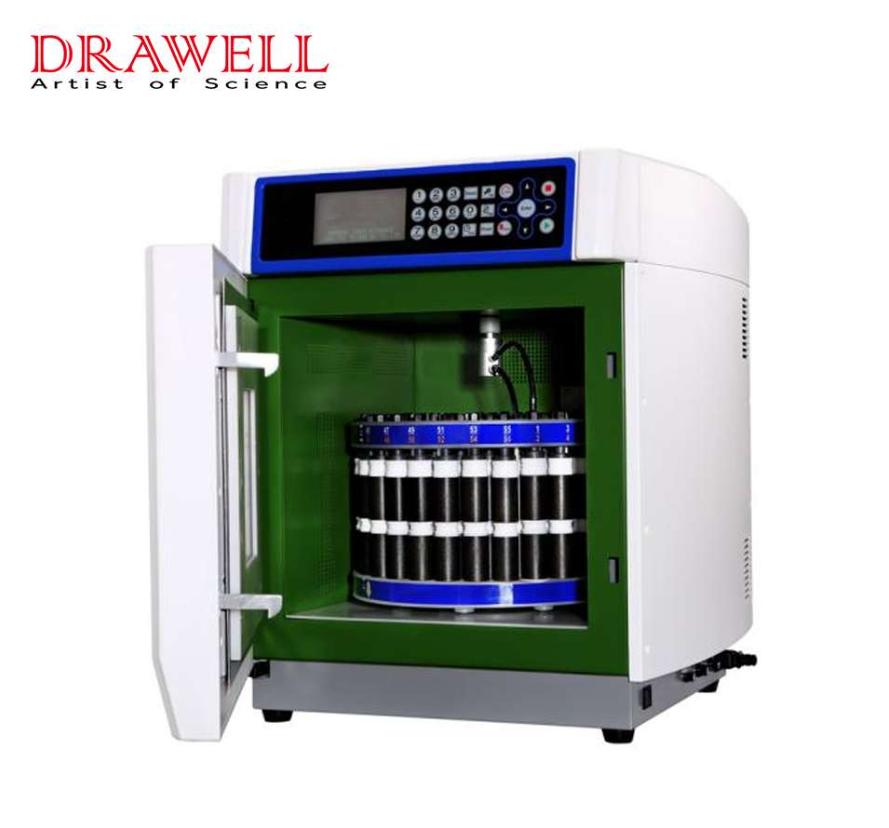
How are Microwave Digestion Systems Used in Analytical Instruments?
Microwave Digestion Systems are used in analytical chemistry laboratories to prepare samples for subsequent analysis using various spectroscopic techniques, including atomic absorption spectroscopy (AAS), atomic emission spectroscopy (ICP-AES) and inductively coupled plasma mass spectrometry (ICP-MS). Here’s how Microwave Digestion Systems are typically integrated into the workflow of these analytical instruments:
Microwave Digestion System for AAS
Microwave Digestion is employed to dissolve solid samples and convert them into solutions. This helps to ensure homogeneity and efficient atomization of the sample during AAS analysis.
AAS measures the absorption of light by the atoms of the analyte. The concentration of the analyte is determined based on the extent of absorption.
Proper digestion ensures that the sample matrix is compatible with AAS and reduces the potential for interference.
Microwave Digestion System for ICP-AES
Microwave Digestion is used to decompose samples and facilitate the release of the elements of interest. The digested sample is then typically diluted to achieve suitable concentrations for analysis.
ICP-AES measures the emission of light by excited atoms or ions. The wavelengths and intensities of the emitted light are used to determine the elemental composition of the sample.
Digestion is crucial to ensure accurate results by eliminating matrix effects and enhancing sensitivity.
Microwave Digestion System for ICP-MS
Microwave Digestion is essential for sample preparation in ICP-MS due to its sensitivity to matrix effects and interferences. Digestion breaks down the sample matrix and converts it into a solution suitable for analysis.
ICP-MS measures the mass-to-charge ratio of ions in a plasma source, allowing for highly sensitive and accurate elemental analysis.
Proper digestion minimizes the risk of spectral interferences and enhances the accuracy of quantification.
In all these analytical techniques, Microwave Digestion helps overcome challenges related to complex sample matrices, poor solubility of analytes, and potential interferences. By using a Microwave Digestion System to prepare samples, analysts can achieve better accuracy, precision, and sensitivity in their elemental analysis.
It’s important to note that the details of the digestion procedure, such as digestion temperature, pressure, and reagents, may vary based on the specific analytical technique, the sample type, and the elements of interest. Additionally, the digested samples may require appropriate dilution or further treatment to ensure they are within the suitable concentration range for the chosen analytical instrument.
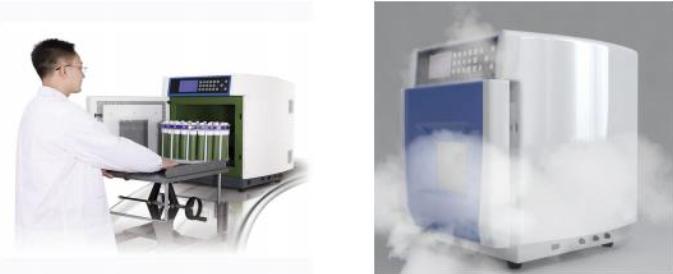
Conclusion
Microwave Digestion Systems stand as a revolutionary force in the realm of analytical chemistry. Their ability to handle diverse samples and seamlessly integrate with advanced analytical techniques has elevated sample preparation to new heights. Laboratories are empowered to unlock the full potential of AAS, ICP-AES, and ICP-MS, transcending previous limitations to achieve unparalleled accuracy, precision, and sensitivity. As the analytical landscape continues to evolve, Microwave Digestion Systems remain at the forefront, bridging the gap between complex samples and high-precision analysis.

